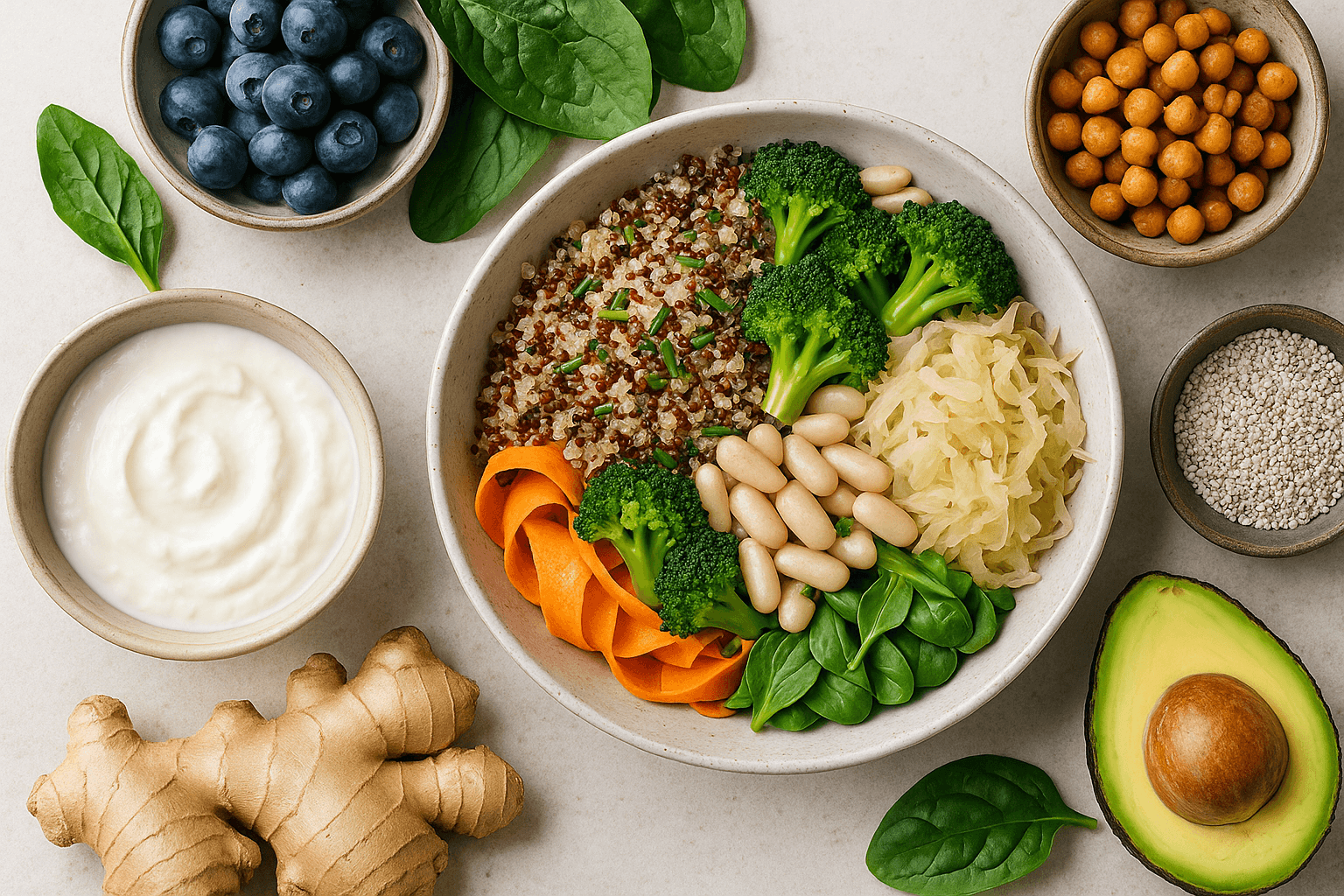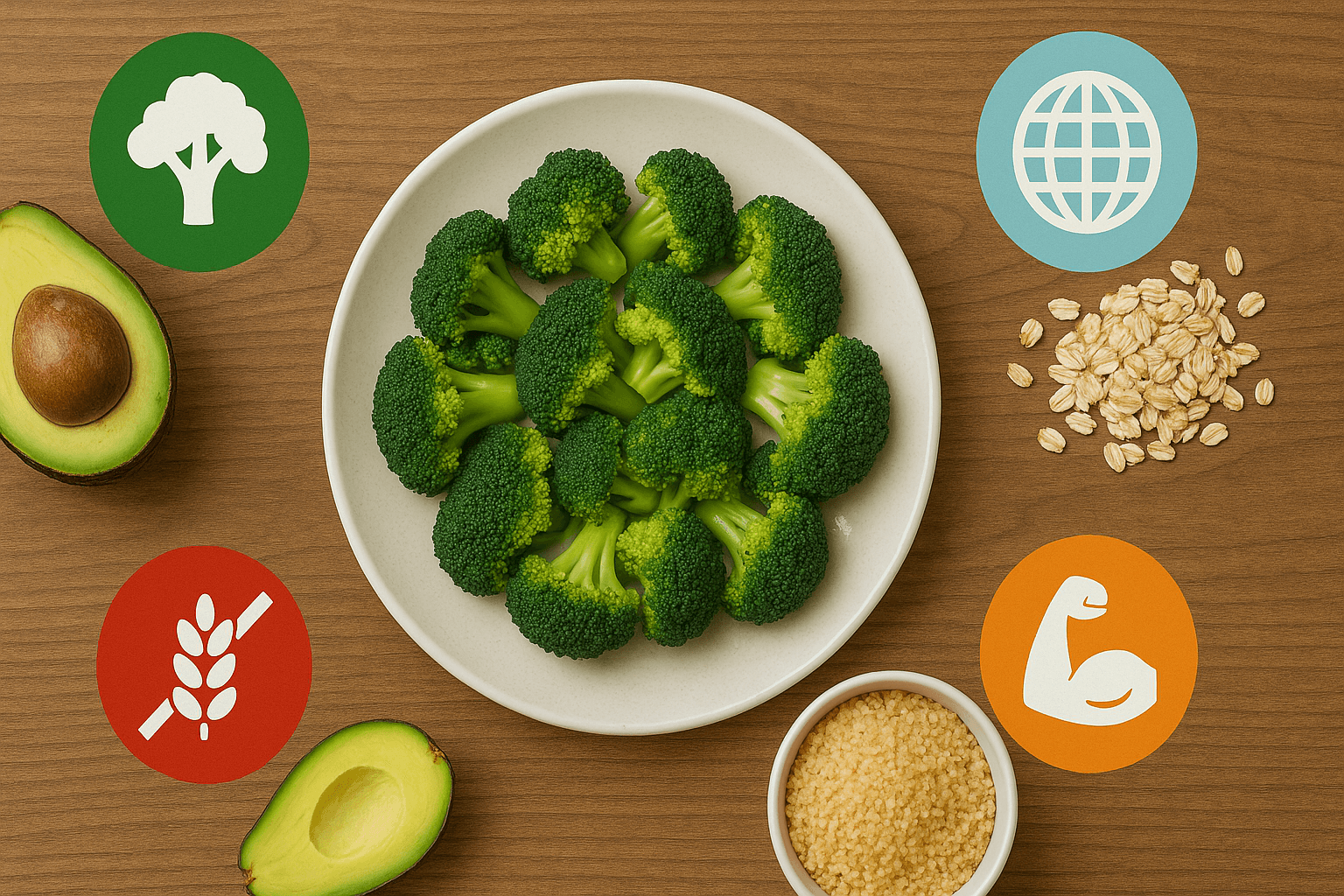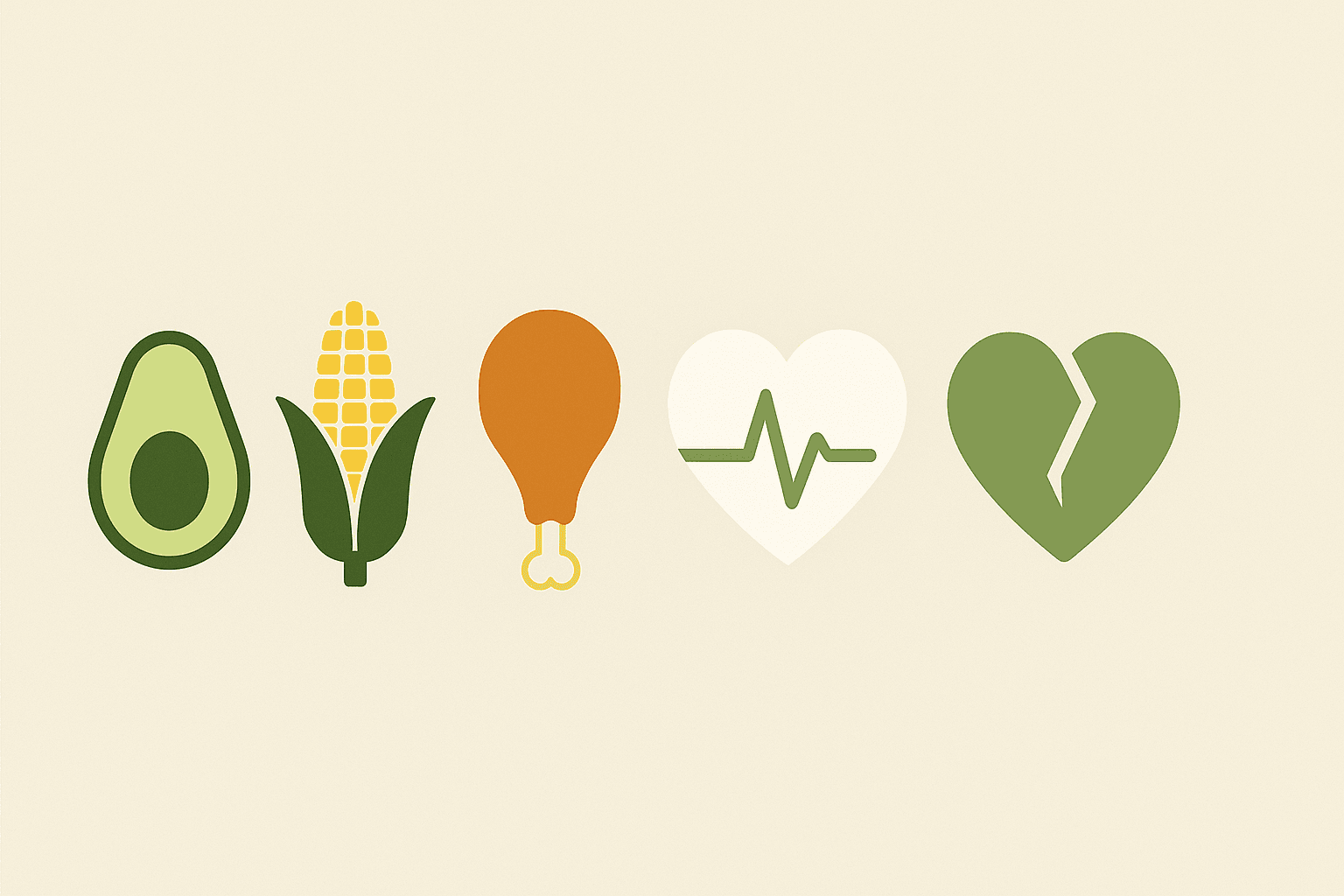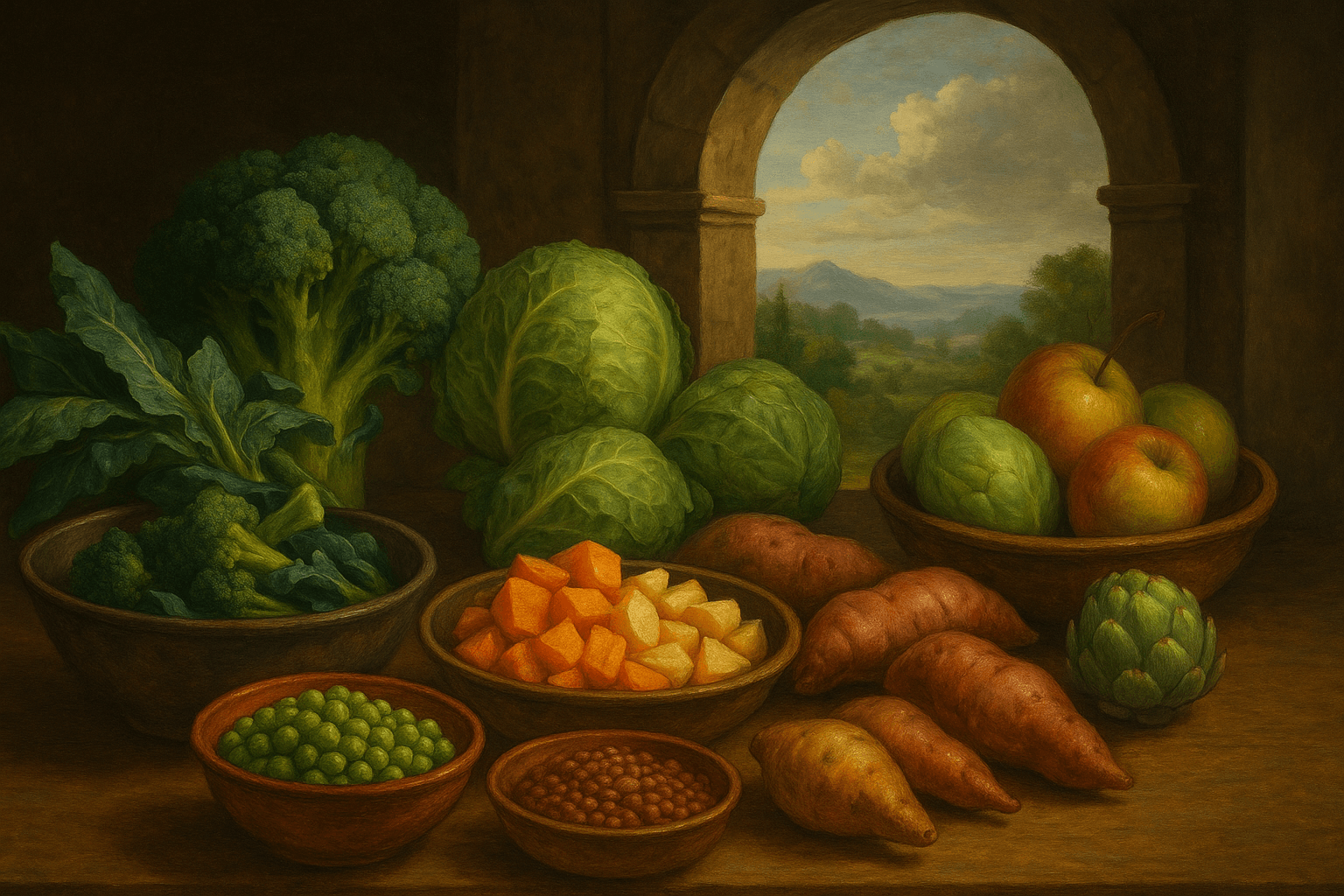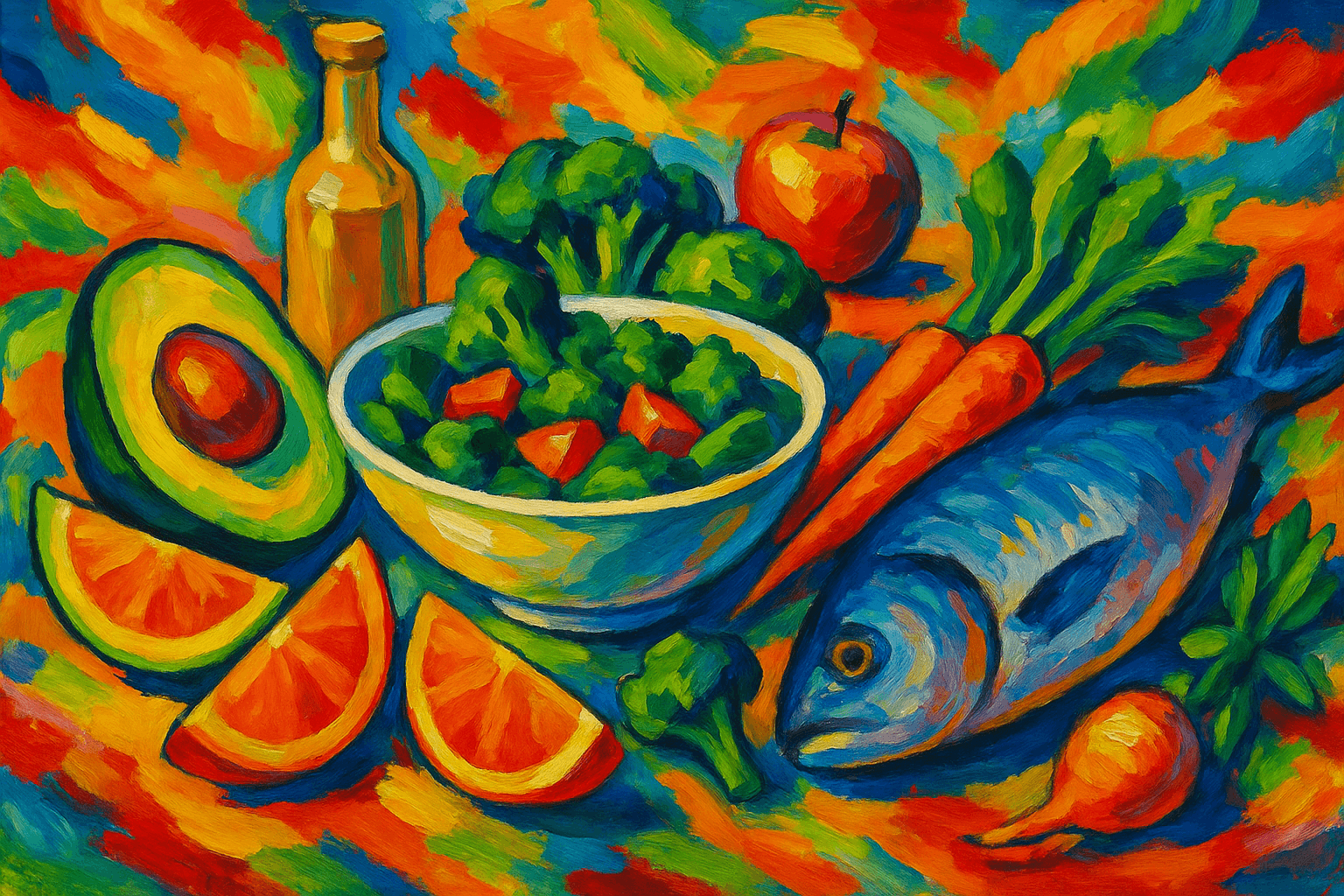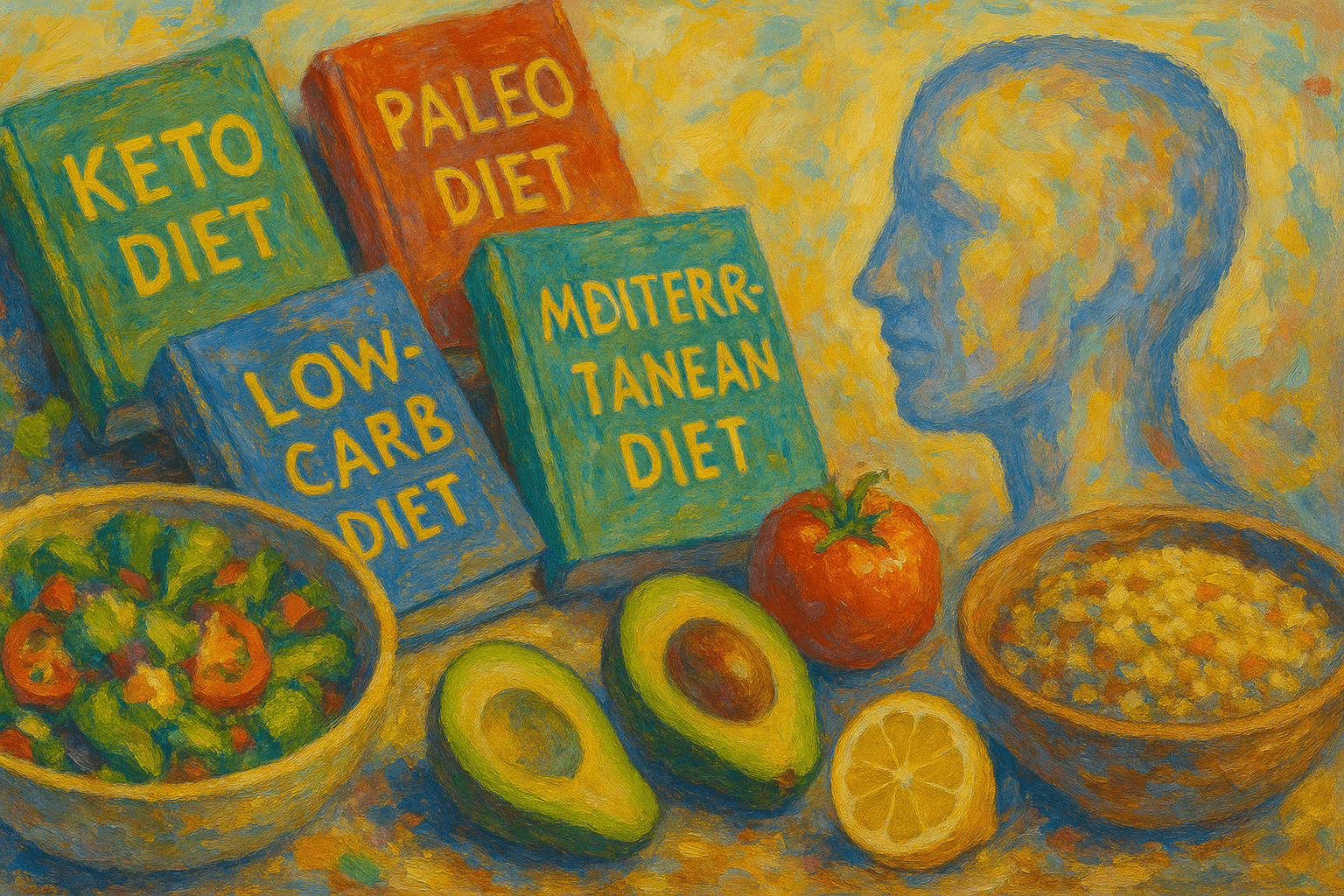Eating for Longevity: How Dietary Patterns Can Influence How Long (and Well) You Live
Published on August 26, 2025
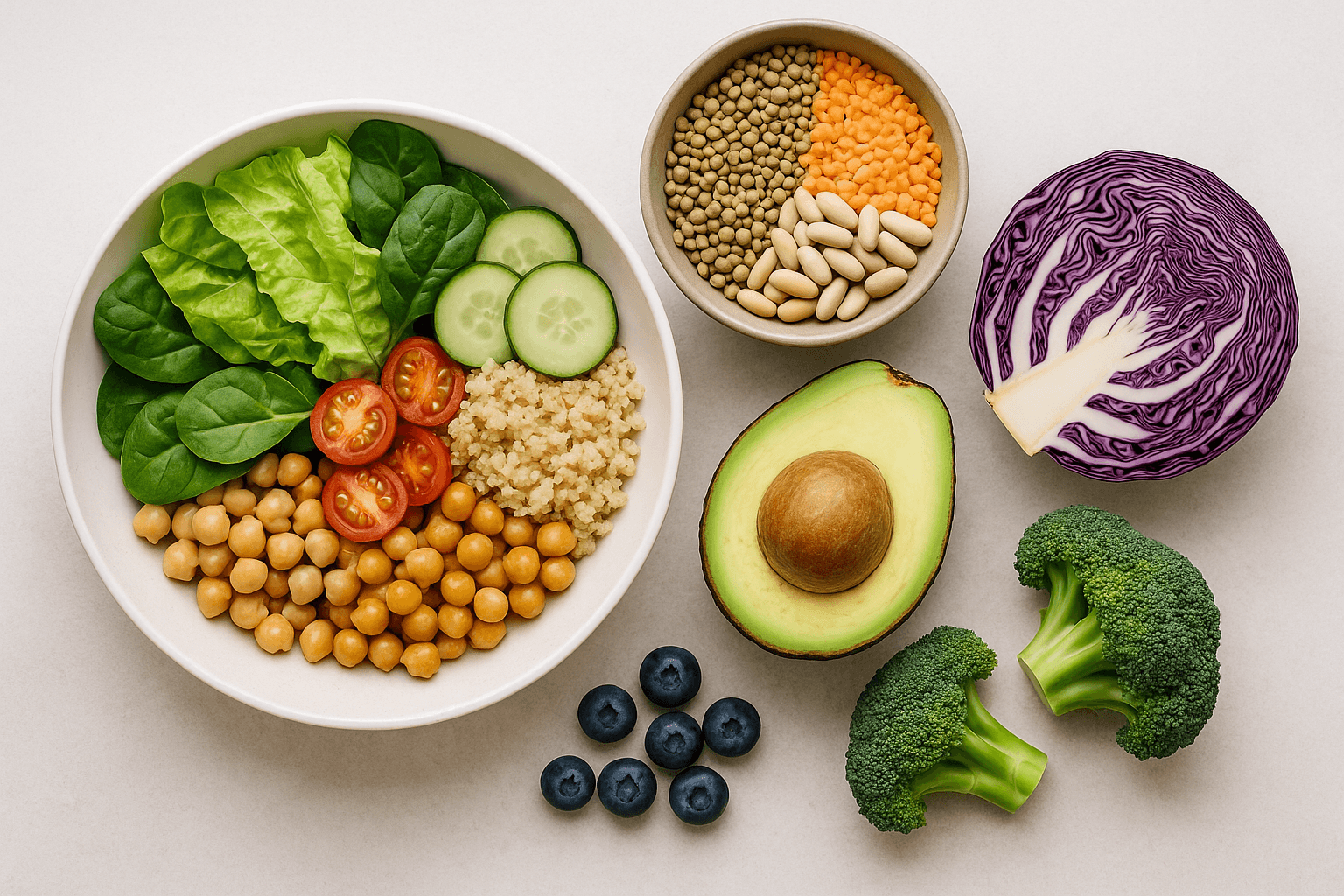
We all want to live longer—but more importantly, we want to live better. Not just more years, but more energy, more clarity, more joy. That’s the goal of longevity: not just lifespan, but healthspan.
And what if the path to a longer, healthier life wasn’t in a pill or a trend—but on your plate?
Emerging research confirms that food is one of the most powerful levers we have for extending both life and vitality. Diet isn’t just fuel—it’s information. It talks to your genes, gut, hormones, and immune system.
What We Know From the Blue Zones “Blue Zones” are five regions where people live longer than average, with dramatically lower rates of chronic disease.
The five are:
Okinawa, Japan
Sardinia, Italy
Ikaria, Greece
Nicoya Peninsula, Costa Rica
Loma Linda, California (Seventh-day Adventists)
Despite their geographical differences, they share common dietary patterns:
Largely plant-based diets
Minimal processed food and refined sugar
Daily physical movement
Strong social ties and a sense of purpose
Key nutrition patterns:
90–95% of calories from plants
Daily legumes (beans, lentils, chickpeas, soy)
Whole grains like barley and brown rice
Local fruits and vegetables
Nuts and seeds
Meat used sparingly (as a flavor, not a feature)
The Power of Caloric Moderation One of the strongest longevity findings: eating slightly less than your body craves.
Not starvation. Not chronic dieting. But moderate caloric restriction, practiced naturally in Blue Zones.
Benefits include:
Improved insulin sensitivity
Reduced oxidative stress
Lower inflammation
Enhanced cellular repair (via autophagy and AMPK activation)
Modern adaptations include time-restricted eating, intermittent fasting, and stopping before you’re full.
Plants and Polyphenols: Nutritional Software Plants aren’t just vitamins—they’re rich in polyphenols, powerful compounds that optimize how your body works.
Polyphenols:
Reduce inflammation
Improve gut health
Protect blood vessels
Activate longevity genes like sirtuins
Boost brain function
Top plant-based longevity boosters:
Dark leafy greens (spinach, kale, arugula)
Berries (blueberries, raspberries, blackcurrants)
Cruciferous vegetables (broccoli, cauliflower, cabbage)
Onions and garlic
Olive oil
Green tea, matcha, herbal infusions
Spices: turmeric, rosemary, cinnamon, oregano
Diversity matters. Aim for 30+ different plant foods per week to nourish your microbiome and your cells.
Animal Protein: Friend or Foe? Blue Zones include animal products—but sparingly.
Insights:
Red and processed meat (especially grilled/fried/cured) is linked to shorter lifespan
High meat intake in midlife may increase risk—but moderate protein in older age may be protective
Fatty fish (salmon, sardines) support brain and heart health
Eggs in moderation are generally neutral to beneficial
Bottom line: prioritize quality and keep portions small. Let meat play a supporting role—not the lead.
Gut Health = Longevity Health Your gut is central to aging—it shapes immunity, inflammation, metabolism, even brain health.
Support your gut with:
Natural probiotics (yogurt, kefir, sauerkraut, kimchi, miso)
Prebiotic fibers (found in onions, garlic, leeks, oats, bananas, legumes)
Polyphenol-rich plant foods
Low intake of ultra-processed foods and unnecessary antibiotics
Gut imbalance is linked to chronic disease, cognitive decline, and frailty. A healthy gut is a long-life investment.
Longevity-Friendly Meal Template Want to eat for longevity without overthinking it?
Breakfast:
Oats + flaxseed + berries + walnuts + green tea
Lunch:
Leafy greens + chickpeas + avocado + pumpkin seeds + olive oil dressing
Dinner:
Lentil stew with root veggies + sautéed greens + slice of sourdough rye
Snacks/Extras:
Handful of almonds or Brazil nuts
Yogurt with grated apple + cinnamon
Herbal tea with spices
Each meal combines fiber, antioxidants, minerals, and healthy fats—ingredients that support a long, strong life.
Movement, Sleep, and Social Nutrition Longevity is more than diet—it’s how you move, rest, and connect.
Daily Movement
In Blue Zones, people move naturally: walking, gardening, lifting, climbing. No gyms required.
Aim for:
30+ minutes of moderate activity per day
Walk after meals to boost digestion and blood sugar control
Sleep as a Longevity Lever
Chronic sleep loss harms metabolism, immunity, and hormone balance.
Sleep tips:
Go to bed and wake up at consistent times
No screens an hour before sleep
Finish eating 2–3 hours before bed
Social Eating and Community Loneliness is as harmful as obesity. In contrast, sharing meals supports digestion, mental health, and even nutrient absorption.
Try:
Weekly family dinners
Gratitude rituals before meals
Community potlucks with nourishing foods
Food is nourishment—and connection.
Small Shifts, Big Impact You don’t need a radical overhaul. You need intentional upgrades.
Start here:
Add 1–2 new plant foods per meal
Eat slowly and stop before fullness
Swap refined foods for whole ones
Make legumes a weekly habit
Drink herbal tea or sparkling water instead of soda
Longevity isn’t built in a single day. It’s built through daily choices—rooted in joy, simplicity, and nourishment.
And those choices don’t just add years to your life.
They add life to your years.



